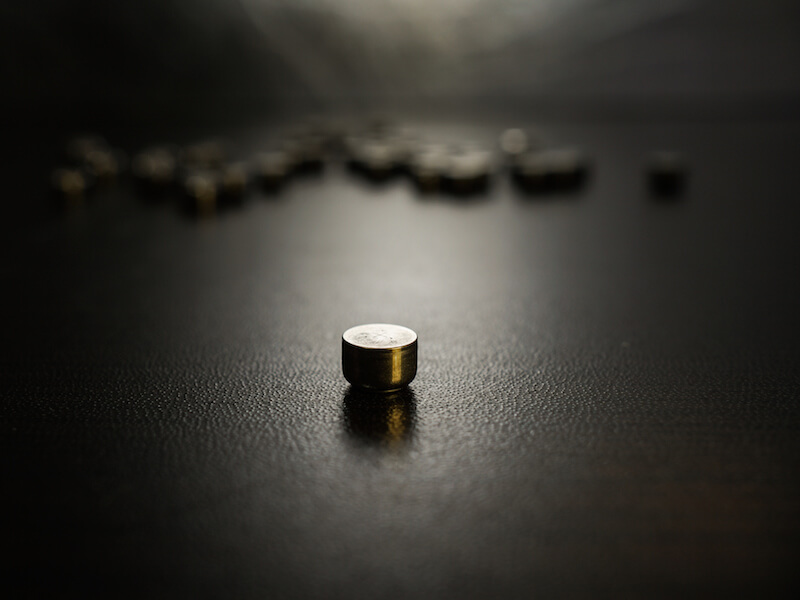
From phones to cameras to music players, how we power our electronics has advanced. A robust, rechargeable hearing aid battery is finally living up to the hopes of hearing aid manufactures to replace the outdated disposable power sources of the past.
Disposable hearing aid batteries have traditionally been the power source of choice among manufacturers, with size 312 batteries serving as one of the more common battery types. These days, the most prominent version of these batteries is generally known as a “zinc-air” battery.
Disposable Hearing Aids Have a Disadvantage
The presence of air effects a zinc-air battery, as the name implies. The user needs to tear a small tab off the back of a 312 zinc-air battery in order to activate it.
As soon as it is fully oxygenated, it starts to lose power. That means power is beginning to deplete even if the user isn’t ready.
Most users consider the length of life to be the most significant disadvantage of disposable batteries. With 312 batteries, the user might be replacing the batteries in their hearing aids about 120 times each year because they drain in 3 to 12 days according to some reports.
That also means users may need to buy 120 batteries, spend the time twice a week to change them, and correctly dispose of each. From a cost perspective alone, that likely equates to more than $100 in battery costs.
Rechargeable battery Improvements
Rechargeable hearing aid technology has progressed to the point where it’s now a practical solution and that’s good news for individuals who use hearing aids.
Studies have revealed that most people overwhelmingly prefer to wear rechargeable hearing aids. Previously, these models were not practical because they didn’t keep a charge long enough. However, recent developments now enable an entire day of use per charge.
Rechargeable batteries won’t save users significant amounts of money, but they will make quality of life better.
In addition to supplying 24 hours of charge time, these new models lead to less frustration for the user, since there’s no more changing and properly disposing of batteries. Instead, they just need to take out the battery and put them in a convenient tabletop charger.
When a disposable battery nears the end of its life it won’t run your hearing aid at full capacity. And you can’t determine how close the battery is to quitting. As a result, users risk putting themselves in a position where their battery may die at a crucial time. Not only is this a safety hazard, but users may miss significant life moments due to a faulty battery.
Hearing Aids Come in Different Types
Rechargeable batteries come in numerous different materials, each providing distinct advantages. The ability to maintain a charge for 24 hours is one reason why integrated lithium-ion batteries are one viable option that manufacturers provide. You may be surprised to learn that this same kind of technology is what charges and powers your cellphone.
Another kind of modern rechargeable battery is a silver-zinc. Initially, these revolutionary batteries were developed for Nasa’s moon missions. With this technology, even your current hearing aids can most likely be updated to run on rechargeable batteries. Just like lithium-ion, silver-zinc can also produce enough power to last you for a full day.
There are also models that let you recharge the hearing aid without removing the battery at all. For these, users will place the entire hearing aid into a charging station when they sleep or at another time when the device isn’t in use.
Whichever option you decide on, rechargeable batteries will be considerably better than disposable batteries. You just need to do some research to determine which option is ideal for your needs.
If you’re searching for more information about hearing aid technology or how to determine the ideal hearing aid to meet your needs, we encourage you to take a look at our hearing aids section.